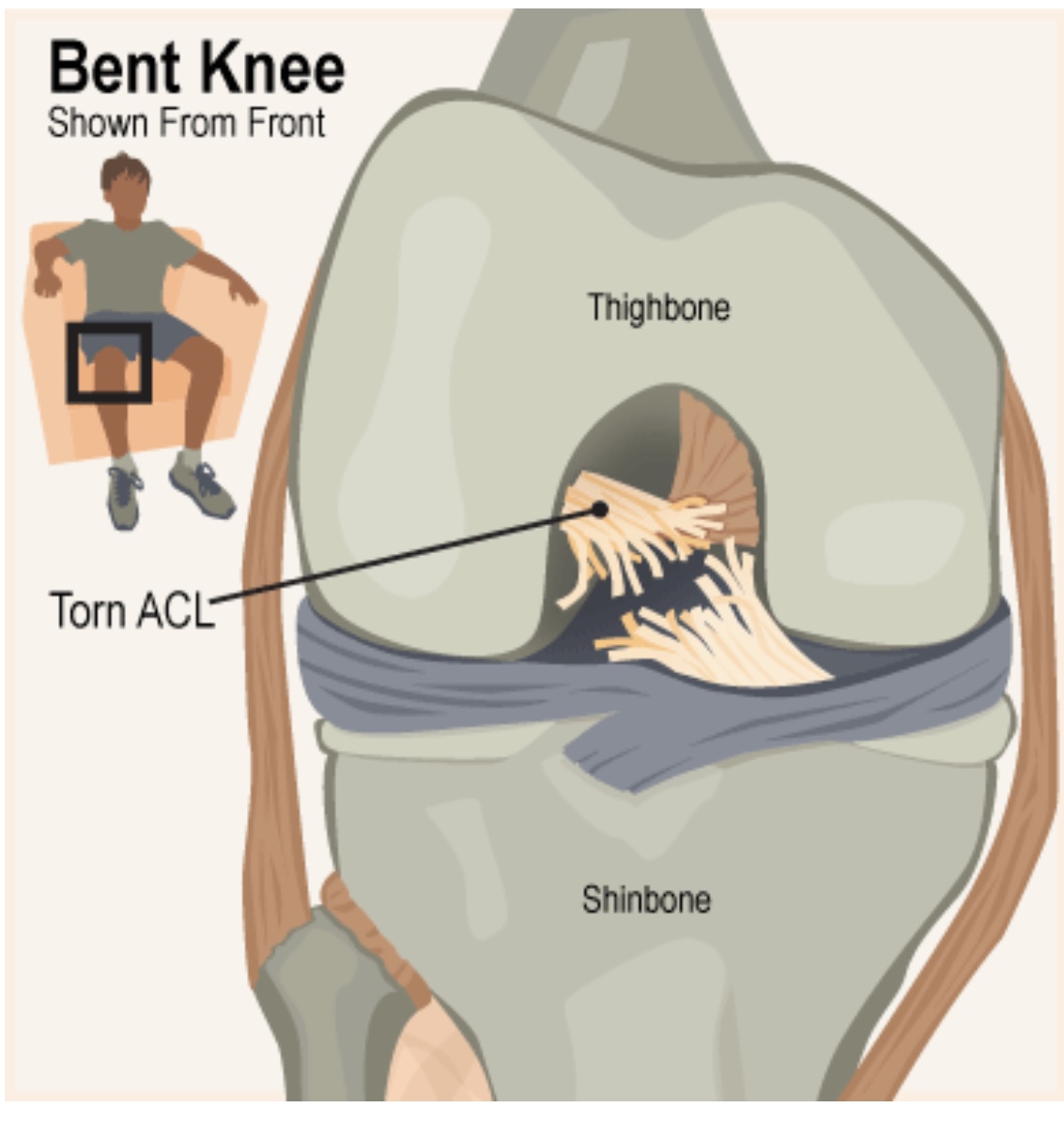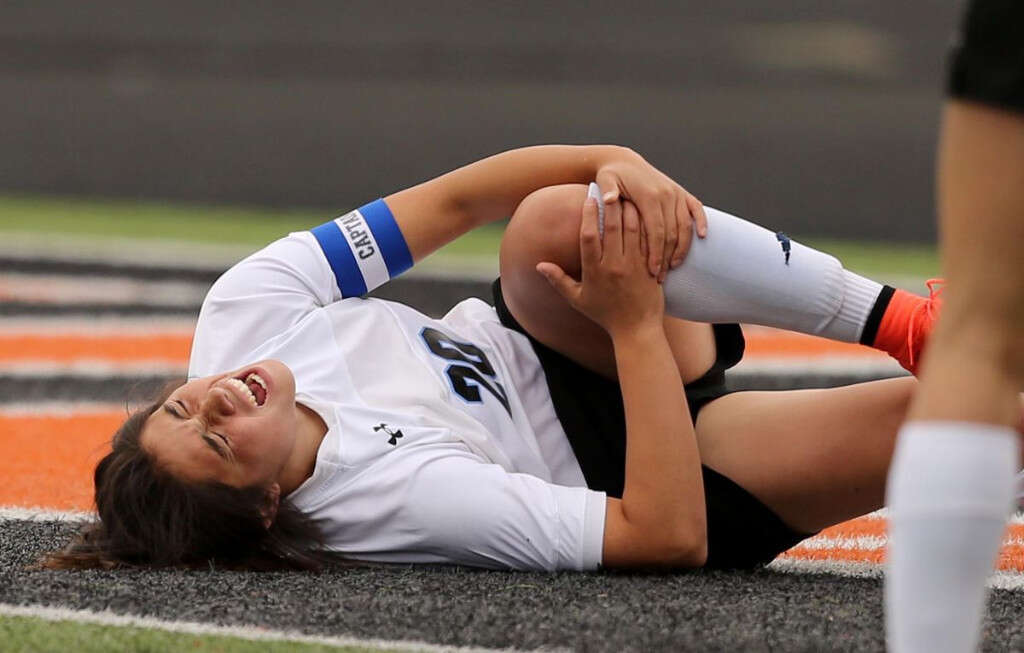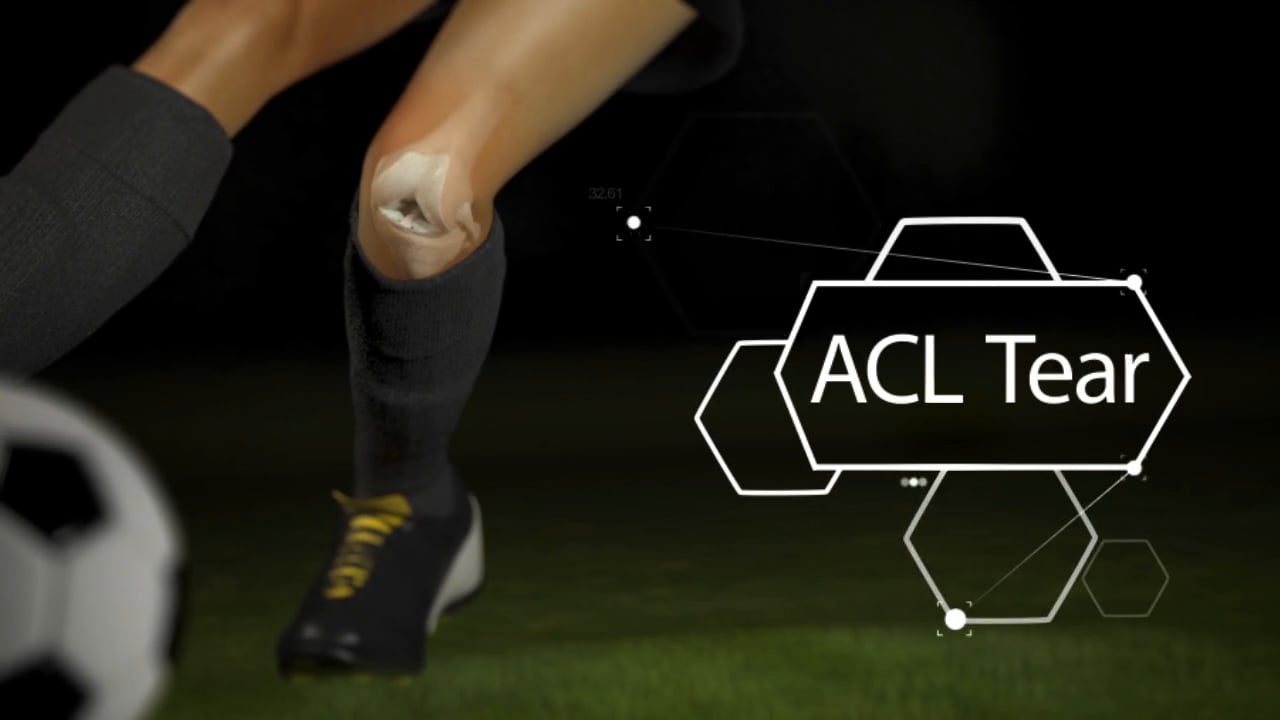Understanding the Anatomy and Function of the ACL
The Anterior Cruciate Ligament (ACL) is a vital component of the knee joint, responsible for maintaining stability and preventing excessive motion. ACL injuries often occur due to sudden stops, changes in direction, or high-impact collisions, common in sports such as soccer, basketball, and football. A torn ACL is a severe injury that can cause pain, swelling, and limited mobility. While surgery is a common treatment, some individuals may choose non-surgical alternatives or delay the procedure.
Can Running Aggravate a Torn ACL?
Running with a torn ACL can pose potential risks, including increased pain, swelling, or further damage to the knee joint. However, individual experiences vary, and some individuals may be able to run with minimal symptoms. It is essential to understand that running with a torn ACL may exacerbate the injury, leading to more severe consequences in the long term.
The ACL plays a crucial role in maintaining knee stability, especially during high-impact activities like running. When the ACL is torn, the knee joint becomes less stable, making it more susceptible to additional injuries. Running with a torn ACL may also cause the development of abnormal movement patterns, which can lead to altered gait and increased stress on other knee structures.
Alternative Forms of Exercise During ACL Recovery
Recovering from a torn ACL does not mean giving up on physical activity altogether. In fact, engaging in low-impact exercises can help maintain fitness levels and promote overall well-being during the recovery process. Cross-training, which involves incorporating various forms of exercise into your routine, is an excellent strategy for ACL injury prevention and rehabilitation.
Swimming is a popular low-impact exercise that can help improve cardiovascular fitness and strengthen muscles without putting excessive stress on the knee joint. Cycling, both stationary and outdoor, is another excellent option for maintaining fitness while recovering from a torn ACL. This aerobic activity targets the leg muscles, enhancing strength and endurance.
Strength training, focusing on the muscles surrounding the knee joint, can also be beneficial during ACL recovery. Exercises that target the quadriceps, hamstrings, and gluteal muscles can help improve stability, balance, and overall knee health. It is essential to perform these exercises under the guidance of a physical therapist or fitness professional to ensure proper form and technique.
How to Return to Running After ACL Surgery
Returning to running after ACL surgery requires patience, medical guidance, and a well-structured rehabilitation plan. A gradual approach is crucial to ensure a safe and successful transition back to running. Here is an outline of a return-to-running plan for post-surgery ACL recovery:
- Phase 1: Pre-Running Exercises – Begin with exercises that focus on regaining range of motion, flexibility, and strength in the knee and leg muscles. This phase may last 4-6 weeks, depending on individual progress.
- Phase 2: Low-Impact Cardio – Gradually introduce low-impact cardio exercises, such as stationary cycling or using an elliptical machine, to improve cardiovascular fitness and further strengthen the leg muscles. Aim for 15-20 minutes of continuous exercise, 2-3 times per week, for 2-3 weeks.
- Phase 3: Short, Slow Runs – Start with brief, slow-paced runs on a soft surface, such as a track or trail. Begin with 5-10 minutes of running, 1-2 times per week, and increase duration by 5 minutes each week, as tolerated.
- Phase 4: Interval Training – Incorporate interval training, alternating between running and walking, to improve speed and endurance. Gradually increase the running intervals while decreasing the walking intervals. Monitor pain and swelling levels, adjusting the plan as needed.
- Phase 5: Return to Regular Running – Once you can comfortably complete interval training without pain or swelling, gradually return to regular running at your desired pace and distance. Continue to prioritize strength training and flexibility exercises to maintain knee health and prevent future injuries.
Physical therapy plays a vital role in ACL recovery and return-to-running plans. A physical therapist can provide personalized guidance, monitor progress, and adjust the plan as needed to ensure a safe and effective recovery.
Considerations for Running with a Torn ACL
Deciding whether to run with a torn ACL is a complex and highly individualized decision that should involve open communication with healthcare providers. Various factors must be taken into account when considering running with a torn ACL, including pain level, stability, and the presence of other knee injuries.
Pain Level
Pain is a crucial factor to consider when deciding whether to run with a torn ACL. If running causes significant pain or discomfort, it may be best to avoid it or explore alternative forms of exercise. Listen to your body and consult with your healthcare provider to determine the appropriate level of activity based on your pain tolerance and healing progress.
Stability
The stability of the knee joint is another critical factor to consider when deciding whether to run with a torn ACL. A torn ACL can lead to decreased knee stability, making it more susceptible to further injury during high-impact activities like running. If you experience frequent knee giving way or instability, running may not be advisable until you have regained sufficient stability through rehabilitation exercises and other treatments.
Other Knee Injuries
The presence of other knee injuries, such as meniscal tears or damage to the MCL or LCL, can impact the decision to run with a torn ACL. These additional injuries may require specific rehabilitation plans and could affect overall knee stability and pain levels. Consult with your healthcare provider to determine the safety and feasibility of running based on your unique injury profile.
Ultimately, the decision to run with a torn ACL should be made in consultation with healthcare providers, taking into account individual factors such as pain level, stability, and the presence of other knee injuries. A conservative approach, emphasizing patience and medical guidance, is essential to ensure a safe and effective recovery process.
Real-Life Experiences: Running with a Torn ACL
Individuals who have experienced a torn ACL may have varying perspectives on running during recovery or while awaiting surgery. Here are a few anecdotes and testimonials that highlight their experiences, challenges, and strategies for managing symptoms.
Testimonial 1: “I tore my ACL playing soccer and decided to delay surgery for a few months. During that time, I continued running, but I modified my routine to include shorter distances and more recovery time. I also focused on strengthening my leg muscles through physical therapy exercises. While it was challenging, I was able to maintain my fitness level and return to running without complications after surgery.”
Testimonial 2: “After tearing my ACL, I was determined to stay active and continue running. However, I quickly realized that running caused significant pain and swelling in my knee. I decided to switch to low-impact exercises like swimming and cycling instead. This approach allowed me to maintain my fitness while giving my knee the necessary time to heal. Ultimately, I underwent surgery, but my cross-training helped me recover more quickly.”
Testimonial 3: “I chose not to have surgery after tearing my ACL and instead focused on rehabilitation and strengthening exercises. I was able to continue running, albeit at a slower pace and with more frequent walk breaks. I closely monitored my knee for any signs of instability or increased pain and adjusted my running routine accordingly. While my running hasn’t returned to its pre-injury level, I have been able to maintain a moderate running routine without any significant issues.”
Preventing ACL Injuries in Runners
Taking proactive measures to prevent ACL injuries is crucial for runners, as these injuries can significantly impact your ability to maintain a consistent running routine. Here are some tips for preventing ACL injuries, including proper warm-up and cool-down routines, strength training, and technique adjustments.
Warm-Up and Cool-Down Routines
Implementing a dynamic warm-up routine before running can help prepare your muscles and joints for the demands of the activity. Focus on exercises that activate the leg muscles, improve flexibility, and increase heart rate. A proper cool-down routine, including stretching, can also help reduce muscle soreness and promote recovery.
Strength Training
Strengthening the muscles surrounding the knee joint, particularly the hamstrings and quadriceps, can help prevent ACL injuries. Incorporate exercises such as squats, lunges, deadlifts, and leg presses into your routine to build lower body strength. Aim for 2-3 strength training sessions per week, allowing adequate recovery time between sessions.
Technique Adjustments
Proper running technique can help reduce the risk of ACL injuries. Focus on maintaining an upright posture, engaging your core muscles, and landing midfoot or forefoot instead of heel striking. Additionally, avoid overstriding, which can place increased stress on the knee joint. Consider consulting with a running coach or physical therapist to assess your running form and provide personalized recommendations for improvement.
Injury Awareness and Preparedness
Becoming familiar with the signs and symptoms of ACL injuries can help you identify potential issues early on and seek appropriate medical attention. Regularly monitor your knee health and address any pain, swelling, or instability promptly. Staying informed about ACL injuries and their prevention can empower you to take proactive steps to protect your knee health and overall well-being.
Long-Term Implications of Running with a Torn ACL
Running with a torn ACL can have several long-term consequences, including altered gait patterns, osteoarthritis, and the potential need for future surgical intervention. Understanding these implications can help runners make informed decisions about their activity levels and seek appropriate medical care when necessary.
Altered Gait Patterns
A torn ACL can lead to changes in your running gait, as your body attempts to compensate for the instability in your knee. These compensations can place additional stress on other joints, such as the hips and ankles, and may increase the risk of developing overuse injuries. Over time, altered gait patterns can also contribute to the progression of osteoarthritis in the knee joint.
Osteoarthritis
Studies have shown that individuals with ACL injuries, particularly those who do not undergo surgical repair, are at an increased risk of developing osteoarthritis in the affected knee. Running with a torn ACL may exacerbate this risk, as the increased stress on the joint can further contribute to the degeneration of cartilage and bone tissue. Regularly monitoring your knee health and addressing any pain, swelling, or instability is essential to minimize the progression of osteoarthritis.
Future Surgical Intervention
In some cases, running with a torn ACL may lead to the need for future surgical intervention. If the injury remains untreated or is exacerbated by continued high-impact activity, the likelihood of requiring surgery may increase. Delaying or avoiding surgery can also result in a longer recovery time and a more challenging rehabilitation process. Consult with your healthcare provider to determine the best course of action for your specific situation.
In conclusion, running with a torn ACL can have significant long-term implications, including altered gait patterns, osteoarthritis, and the potential need for future surgical intervention. By understanding these consequences and maintaining open communication with your healthcare provider, you can make informed decisions about your activity levels and take proactive measures to protect your knee health and overall well-being.






